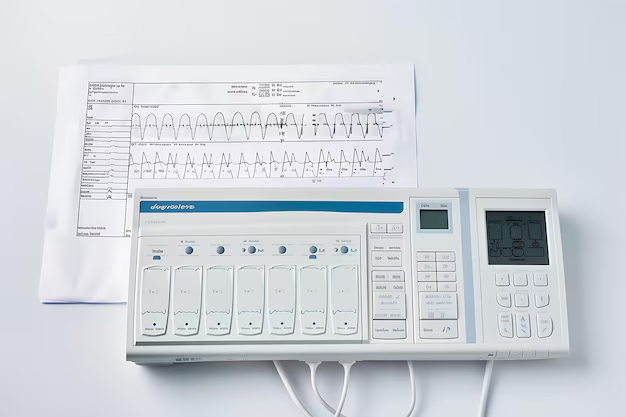What Degrees, Certifications, or Licenses Are Needed to Become a Sonographer?
Becoming a sonographer, a professional skilled in using ultrasonic imaging devices to produce diagnostic images, scans, videos, or three-dimensional volumes of patients' anatomy, requires specific educational pathways and certifications. Typically, aspiring sonographers begin by pursuing an Associate's degree in Diagnostic Medical Sonography, which typically takes two years to complete. Some may choose to advance further with a Bachelor's degree, which can enhance job prospects and is often preferred by employers. Many universities and colleges offer these programs, blending classroom instruction with clinical training, crucial for developing the hands-on skills necessary for this role.
Following foundational education, achieving certification through the American Registry for Diagnostic Medical Sonography (ARDMS) is essential. Certification, although voluntary, is highly recommended as it attests to a sonographer's professional competence, is generally required by employers, and can often simultaneously fulfill continuing education requirements needed for maintaining certification. Additionally, some states in the U.S. may require specific licensing to practice legally, necessitating a thorough understanding of local regulations. By investing time in these educational routes and obtaining credentials, you enhance your credibility and open doors to diverse opportunities in the healthcare industry.
Key Pathways to Becoming a Sonographer:
- 🎓 Associate's Degree in Diagnostic Medical Sonography (2 years)
- 📚 Bachelor's Degree in Sonography or Related Field (4 years, optional for advancement)
- 📜 Certification by ARDMS (Essential for employment and recognition)
- 🏢 State Licensing (Varies by location and sometimes required)
- 🔄 Continuing Education (To maintain certification and stay updated)
